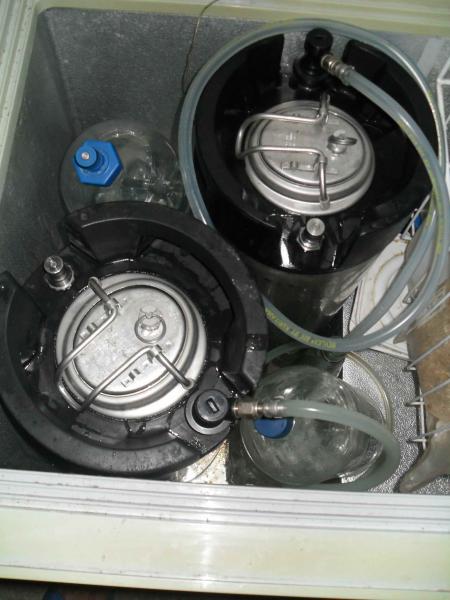I have a question about old pin lock coke kegs. I have an opportunity to acquire some cheaply, and I'm going to take it regardless of the answer.
But my question is this: are they heat safe enough to receive boiling wort or are they lined with plastic?
But my question is this: are they heat safe enough to receive boiling wort or are they lined with plastic?



